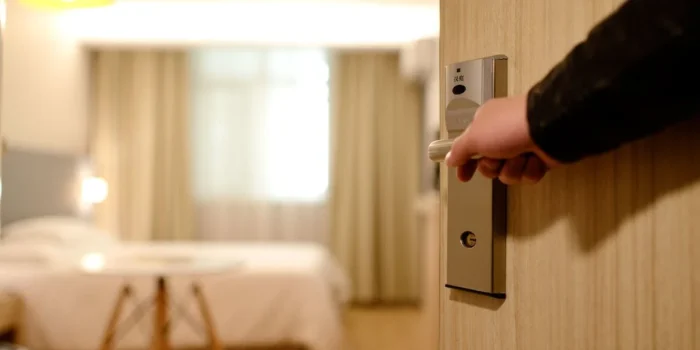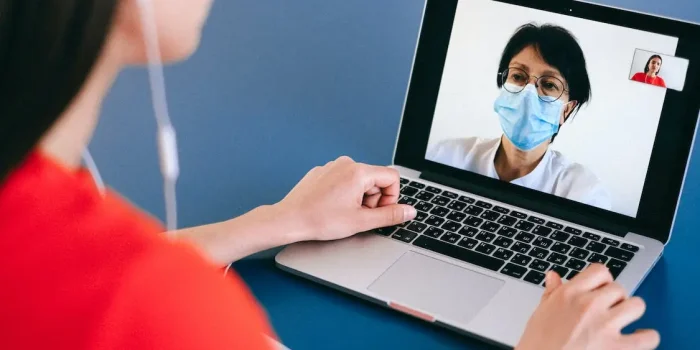5 Questions to Elevate Hotel Guest Exp
Don’t let poor internet ruin your reputation! Here ways that can help you provide a better guest experience:
Is your WIFI meeting guests’ standards?
How your guests use WIFI has changed drastically in the last five years. Streaming, gaming, and video meetings are now a part of their everyday lives, and they rely on your WIFI to support these applications. However, If you don’t have enough bandwidth in place, your guests may not be able to run applications such as Netflix, Zoom, etc.
When is it time to upgrade your IT infrastructure?
Signs that you need to upgrade your IT infrastructure: Guests cannot stream high-definition entertainment through applications such as Netflix, guests experience lagging and poor quality when video chatting, and staff complain that online-based communication is difficult in some areas of the property.
How much bandwidth does your hotel need?
You must consider a few things when deciding how much bandwidth your property needs:
1. How many devices are in your hotel at one time? On average, guests bring at least two devices with them while traveling.
2. What apps are your guests using while connected to your WIFI? Streaming, gaming, and video calls require a high bandwidth speed to use without lagging.
3. POS systems, cloud services, smart in-room technology, and back-of-house operational software require additional bandwidth as well.
How can you improve your WIFI?
There are many reasons why your WIFI may be underperforming. A skilled professional can audit your current hardware, cabling, and bandwidth to identify lacking areas. And when it’s time to select a provider, consider those with experience in the hospitality industry. You will want to work with someone who knows the specific challenges of a hotel infrastructure and has your guest’s experience front of mind.
How can you prepare for the future?
Futureproof your system! With the demand for high-speed internet on the rise, your property’s network infrastructure must be prepared for more devices, more back-of-house technology, and more in-room technology.






 Managed WiFi Provider
Managed WiFi Provider CCTV & Security Solutions
CCTV & Security Solutions Phone Systems
Phone Systems TV Solutions
TV Solutions Fiber Circuits
Fiber Circuits Audio / Video Solutions
Audio / Video Solutions Low-Voltage Wiring
Low-Voltage Wiring Hotels & Resorts
Hotels & Resorts Casinos & Gaming
Casinos & Gaming Apartments & MDUs
Apartments & MDUs